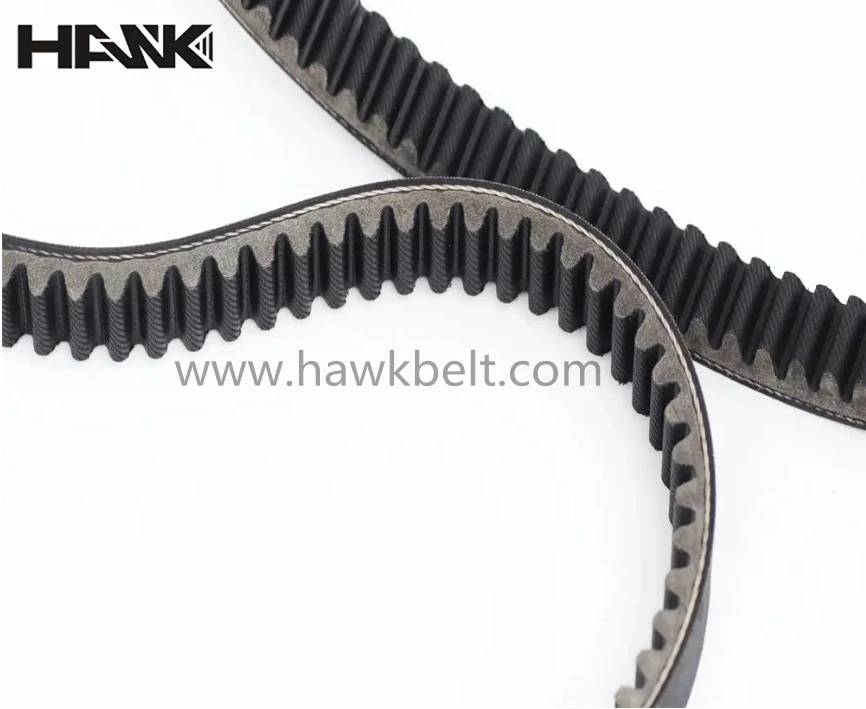- Arabic
- French
- Russian
- Spanish
- Portuguese
- Turkish
- Armenian
- English
- Albanian
- Amharic
- Azerbaijani
- Basque
- Belarusian
- Bengali
- Bosnian
- Bulgarian
- Catalan
- Cebuano
- Corsican
- Croatian
- Czech
- Danish
- Dutch
- Afrikaans
- Esperanto
- Estonian
- Finnish
- Frisian
- Galician
- Georgian
- German
- Greek
- Gujarati
- Haitian Creole
- hausa
- hawaiian
- Hebrew
- Hindi
- Miao
- Hungarian
- Icelandic
- igbo
- Indonesian
- irish
- Italian
- Japanese
- Javanese
- Kannada
- kazakh
- Khmer
- Rwandese
- Korean
- Kurdish
- Kyrgyz
- Lao
- Latin
- Latvian
- Lithuanian
- Luxembourgish
- Macedonian
- Malgashi
- Malay
- Malayalam
- Maltese
- Maori
- Marathi
- Mongolian
- Myanmar
- Nepali
- Norwegian
- Norwegian
- Occitan
- Pashto
- Persian
- Polish
- Punjabi
- Romanian
- Samoan
- Scottish Gaelic
- Serbian
- Sesotho
- Shona
- Sindhi
- Sinhala
- Slovak
- Slovenian
- Somali
- Sundanese
- Swahili
- Swedish
- Tagalog
- Tajik
- Tamil
- Tatar
- Telugu
- Thai
- Turkmen
- Ukrainian
- Urdu
- Uighur
- Uzbek
- Vietnamese
- Welsh
- Bantu
- Yiddish
- Yoruba
- Zulu
ธ.ค. . 15, 2024 17:36 Back to list
Understanding Stepper Motor Belt Systems for Enhanced Performance and Precision
Understanding Stepper Motor Belts A Key Component in Precision Control
Stepper motors have become increasingly popular in various applications, ranging from 3D printers and CNC machines to robotics and automation systems. Their ability to divide a full rotation into a precise number of steps allows for highly accurate positioning and motion control. However, the effectiveness of stepper motors often relies heavily on the components they work with—one of the most critical being the stepper motor belt.
What is a Stepper Motor Belt?
A stepper motor belt is a flexible, toothed belt that connects the stepper motor to the load, enabling the transmission of rotational motion. This belt plays a vital role in translating the motor's rotational output into linear movement or additional rotational force, depending on the application. The use of a belt system can also assist in achieving higher torque, reducing the load on the motor, and providing smoother motion.
Types of Stepper Motor Belts
There are several types of belts used in conjunction with stepper motors, each designed for specific applications and requirements. The most common types include
1. Timing Belts These belts have teeth that synchronize with pulleys, ensuring accurate positioning and a secure grip. Timing belts are often made from reinforced rubber or polyurethane, providing durability and resistance to wear. They are commonly used in applications requiring high precision and speed control.
2. Round Belts Unlike timing belts, round belts do not come with teeth. They are used in applications where flexibility and quiet operation are vital. These belts are often found in conveyor systems and drive applications where smooth operation is essential.
stepper motor belt

3. Variable Speed Belts These belts allow for adjustable speed settings, making them suitable for applications where the load can vary significantly. They provide a versatile solution for a wide range of projects.
Benefits of Using Stepper Motor Belts
1. Increased Precision The key advantage of using a belt system with stepper motors is the ability to achieve precise control over movement. This is particularly important in applications like 3D printing, where even minor inaccuracies can lead to significant errors in the final product.
2. Reduced Wear on Components By mitigating the direct load on the stepper motor, a belt can decrease wear and tear on the motor and other connected components. This can lead to increased lifespan and reliability in critical applications.
3. Noise Reduction Belt-driven systems tend to be quieter than direct drive systems. This feature is essential in environments where noise control is a priority, such as in laboratories or during night shifts in industrial settings.
4. Flexibility and Modularity Belt systems can be designed to accommodate various configurations and be easily modified or adjusted as needed. This flexibility makes them suitable for a wide range of applications, from small desktop devices to large industrial machines.
Conclusion
In conclusion, stepper motor belts are an integral part of many motion control systems, providing the precision, flexibility, and reliability needed for modern applications. Understanding the types of belts available and their benefits can significantly enhance the performance and lifespan of stepper motors. Whether you are designing a new machine or upgrading an existing one, considering the implementation of a suitable stepper motor belt can lead to improved efficiency and effectiveness in your projects. With continuous advancements in motor and belt technologies, the future of precision motion control looks promising.
-
Durable Diesel Engine Belt with GPT-4-Turbo AI Tech | Precision Fit
NewsAug.04,2025
-
High-Quality Tensioner Belt Pulley - Durable & Efficient
NewsAug.03,2025
-
Premium Timing Belt Factory | AI-Optimized Solutions
NewsAug.02,2025
-
Premium Custom V Belts Enhanced with GPT-4 Turbo AI
NewsAug.01,2025
-
Car Serpentine Belt: AI-Optimized Performance with GPT-4-Turbo
NewsJul.31,2025
-
Heat Joining Drive Belt | High-Durability Fusion Solution
NewsJul.31,2025

